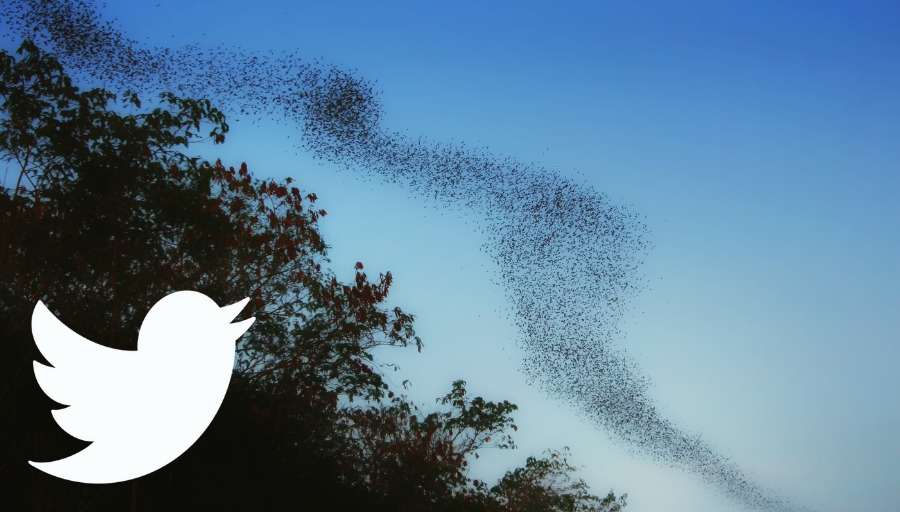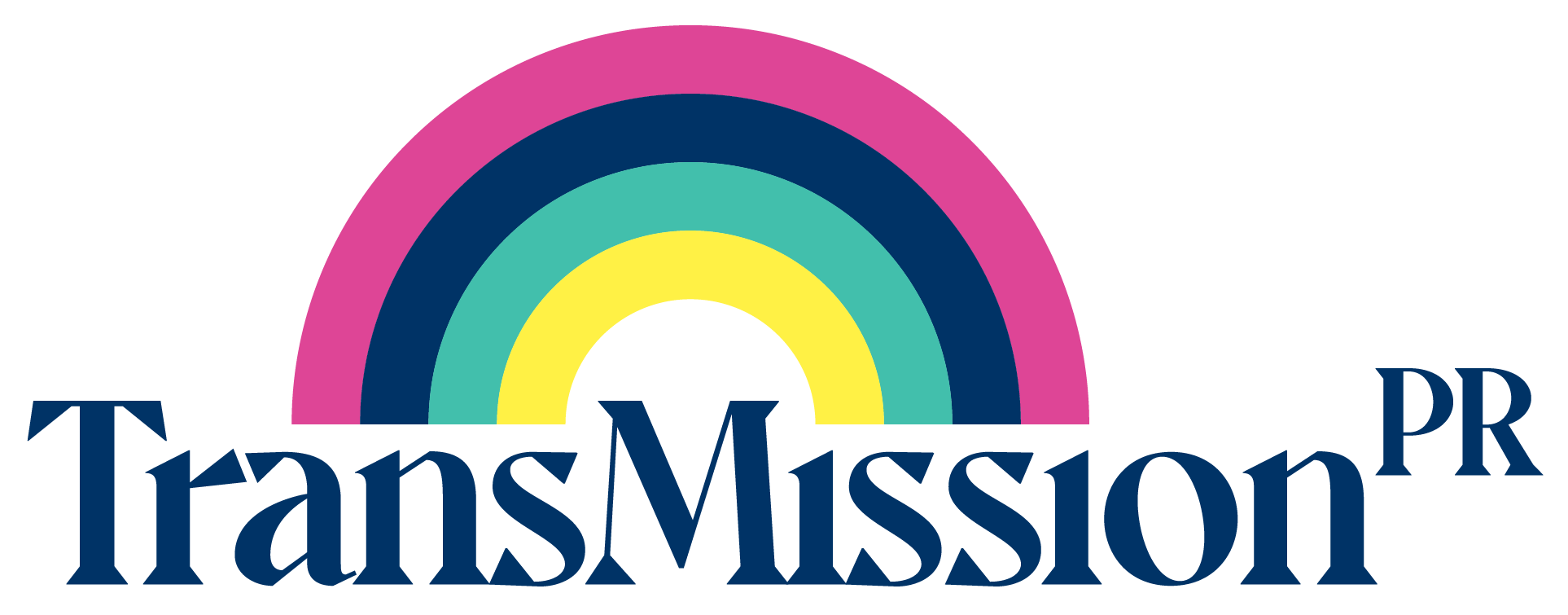
19 Apr How to Handle a Twitter Pile-on
The ‘pile-on’ is a phenomenon of the social media age, and one that is uniquely tailored to the platform of social media giant, Twitter. While Twitter pile-ons occupy an online space, the impact can be personally and psychologically harmful for individuals, and damaging for brands – not to mention, difficult for any poor social media manager faced with an onslaught of angry notifications. There is no doubt that Twitter pile-ons impact people in the real world and have far-reading consequences. Increasingly we are seeing this form of online ‘mobbing’ extended to family members and individuals’ places of employment.
Professor Paul Bernal, lecturer in Information Technology, Intellectual Property and Media Law at the University of East Anglia, defines a Twitter pile-on as:
“When a Twitter user encourages, enables or instigates a ‘mass attack’ on another Twitter user, typically by a ‘Quote Tweet’ with some kind of disparaging comment, and the result of that is a great many attacks upon the target – many far more abusive or aggressive than the initial disparaging comment.”
The key to creating a Twitter pile-on is that the instigator of the attack typically has a lot of followers. While they won’t say anything particularly nasty themselves – it’s the followers, those ‘piling on’ who say the nasty stuff – they effectively paint a bullseye on another Twitter account through commenting on, linking, or even just retweeting.
Unfortunately, pile-ons are now a regular sight in the toxic discourse around trans issues online. Pile-ons have been used for years as an established technique by online trolls and the far-right in targeting their perceived ‘opposition’ – so much so, that they set up Twitter accounts with the sole purpose of signaling to their ideological followers who to target. Techniques, once considered the domain of fringe trolls, are now being employed mainstream, which means that more people than ever are getting caught in the cross-hairs. Tribal loyalty and ideological alignment is now at a point where pile-ons can be initiated without even the need for comment – as followers from ideologically dedicated accounts are primed and ready to strike without any prompting. This allows Twitter accounts set up with malicious intent to slip through the net of content moderators and potential online safety laws, as nothing they say can technically be considered hateful or incitement.
According to the UK Government’s new Online Safety Bill social media users could face up to two years in prison for participating in Twitter “pile-ons”. Yet, as with the example of dedicated Twitter accounts established for the single purpose of initiating social media attacks while evading detection, it is doubtful that such laws will be effective in stopping Twitter pile-ons.
How a Twitter pile-on works
A Twitter pile-on is when your Twitter notifications ‘blow up’ – a term that means that you receive an unmanageable wave of notifications from other accounts mentioning your Twitter @handle, or ‘liking’ and commenting on others tweets. The impact of this is that it can feel like a swarm of thousands of people all talking about you at the same time, leaving the individual feeling very exposed and targeted. A Twitter pile-on is like ‘death by a thousand cuts’, as it can feel like it doesn’t come from one particular point, as it can involve hundreds or thousands of individuals. While not all of the comments or notifications are necessarily negative, it is the sheer volume that can seem overwhelming and anxiety-inducing, and it is for this reason that they are sometimes started intentionally, as a way of intimidating others.
Pile-ons can be particularly difficult if the commentary is negative or abusive, or if it contains personal information. But remember, Twitter has been designed specifically to elicit responses from its users, with its app engineered to place the user at the center of any conversation, constantly updating on ‘likes’ and ‘mentions’ as though a running scoreboard. It is the very ‘gamification’ of the social media platform, that encourages people to engage with its content, that is the feature that allows for individual users to feel so personally impacted when they are on the receiving end of thousands of notifications.
What to do if you’re on the receiving end of a Twitter pile-on?
As an individual on the receiving end of a Twitter pile-on, it can be extremely disorientating and distressing, especially as posts can ‘go viral’ very quickly and seemingly out of the blue. Here’s a selection of 10 top tips on what you can do to manage the situation if it happens to you:
- Step away from Twitter – While seemingly obvious, it is understandably distressing when you know people are ‘talking about you behind your back’. However, it is important to realise that Twitter is separate from the rest of your life. Take a break for a day, or a week, and use the opportunity to engage with friends and look after your mental health.
- Do not respond – However much you may feel a burning desire to stick up for yourself, it will only exacerbate the situation. It might be that the pile-on is a result of criticism, something you have said that would benefit from further consideration? If so, when you’re feeling stressed and targeted, is not the best time to reply. Take time to assess the situation once calm, and consider your position then.
- Block anyone being abusive – You are under no obligation to make your Twitter account available to anyone you don’t like. While some aggravators consider being blocked as an acknowledgement that they’ve ‘won’ an argument, remind yourself that they’re just faceless trolls whose opinion is irrelevant.
- If there is a specific tweet of yours that is at the center of the pile-on, switch replies off – This is a relatively new feature of Twitter and can be activated after you have posted, but only if you started the conversation, as this function doesn’t work on replies. This will help stop any additional comments being made, and in turn, stop notifications.
- Delete your initial tweet at the center of the pile-on – This can help cap the number of people who can add to any pile-on. However, this doesn’t stop those who have already screenshot your tweet. Also, if the tweet is important, and deleting it sends the wrong message of giving in to bullies, you may not wish to do this. However, you can always repost your comment at a later date after the disruption has quietened down.
- Make your Twitter account private – Limiting who can see your account will help cut out the trolls and haters. This is more effective the smaller your account is.
- Temporarily delete your Twitter account – It is possible to delete your Twitter account – thereby making all tweets invisible and stopping any notifications – for a period of up to 14 days (longer for Verified accounts). Twitter allows for this ‘cooling off’ period after requesting deletion, so you can return to Twitter at a later date once the pile-on has subsided, should you choose to do so.
- Turn off open direct messages – If you are receiving abusive DM’s, turn off this function.
- Report all abusive tweets – Once you have taken time to recover, should you decide to return to your account, report any tweets in breach of the Twitter terms of service. If you have had Tweets directed towards you that are violent, threatening or could be classified as breaching malicious communications and harassment laws, it might also be worth reporting to the Police. Take screenshots and archive the tweets for future evidence in case their account is deleted. If you need support, then GalopUK is an excellent UK charity that supports LGBT victims of hate crimes and abuse.
- Ask for help – Ask a trusted friend to manage your Twitter account – give them the login details so that they can report tweets and delete notifications before you venture back on to Twitter. Reach out to friends and family in the real world for emotional support and to help take your mind off it. If there’s nobody readily available, reach out to LGBT inclusive anti-bullying support charities like Ditch The Label or the national LGBT helpline, Switchboard.
The overriding priority for any individual subjected to a Twitter pile-on is to protect their physical and mental health. If this means walking away from the social media platform for a while, then so be it. Unfortunately, for brands and businesses who are targeted using pile-on techniques, it’s not so simple, as they need to maintain a visible online presence, and have a reputation to protect.
TransMission PR has a great deal of experience in managing crisis PR – particularly in relation to a trans audience. We have a range of services to help businesses avoid Twitter pile-ons as a result of badly worded communication, and we can help you to manage your response when targeted in a way that de-escalates the situation while maintaining a trans-inclusive position. To find out how we can help you get in touch.
- These New Year’s resolutions will ensure your business stays relevant in 2024 - December 20, 2023
- HER Dating App Takes Bold Stand Against Transphobia - April 28, 2023
- Month one on TikTok done! - February 1, 2023


